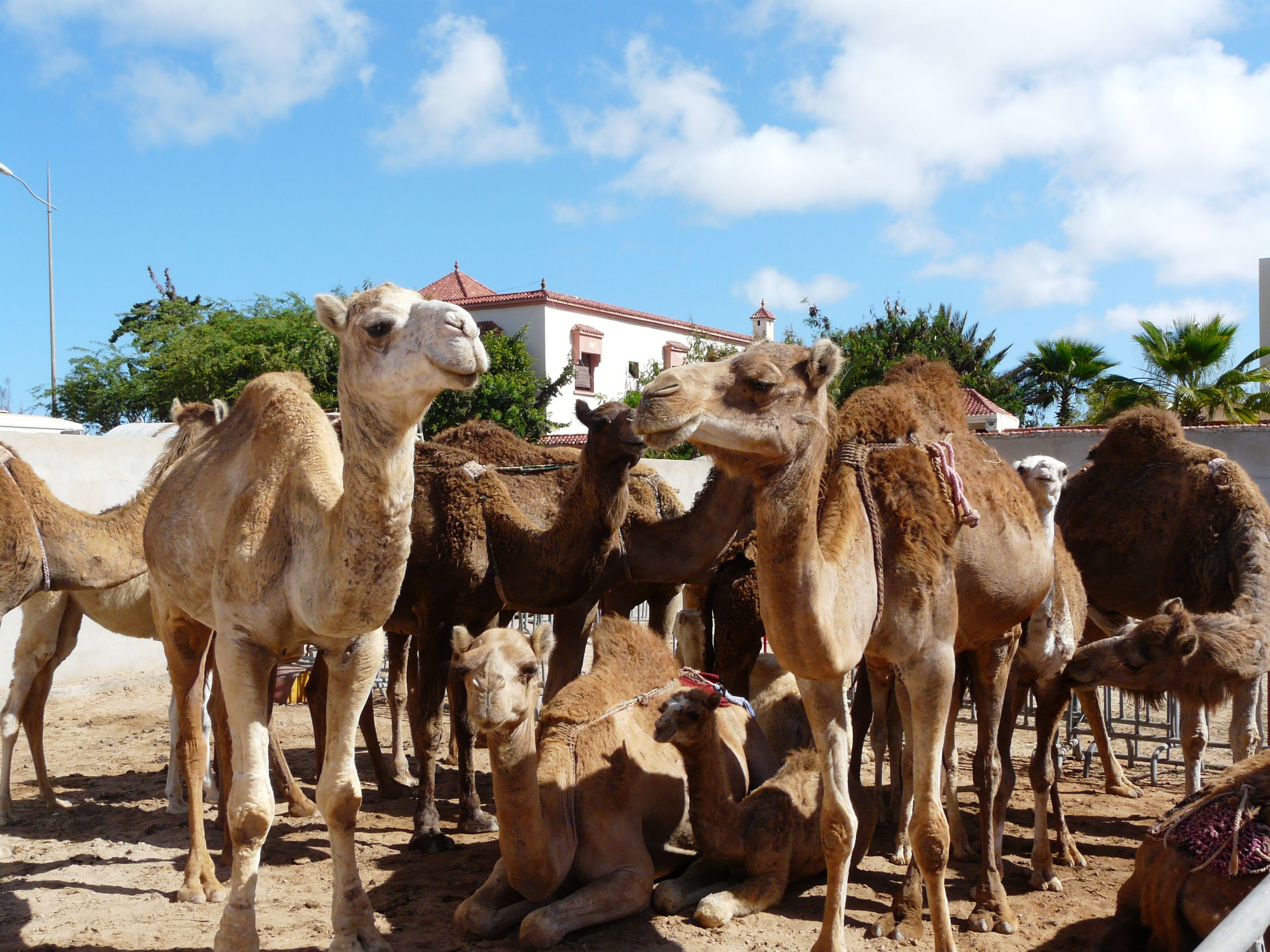Typology of camel farming systems in the south of Morocco
DOI:
https://doi.org/10.19182/remvt.31862Keywords
Camelus dromedarius, typology, animal husbandry, livestock management, MoroccoAbstract
Although the national authorities under the Green Morocco Plan support camel farming, it is still relatively poorly known in Morocco. The objective of this study was to provide a description of the types of camel farms in a large portion of the southern part of the country, characterized by its high concentration of camel farms. To do this, as part of a sanitary survey, 168 camel farmers from nine provinces of the south of Morocco were interviewed on their production systems. The 168 camel herds represented 11,426 camels, i.e. about 10% of the camel population in the area. Finally, a data table including 168 camel farms described by twenty active variables (size and structure of the herd, management organization and decision-making power, importance of mobility, marketing, feed supplementation practices and health prevention) and two illustrative variables (status and region of origin of the respondent) were subjected to a multivariate analysis (multiple correspondence analysis and automatic classification). The analysis identified four breeder types: i) breeders with large traditional dairy herds, ii) urban farmers with small herds, iii) opportunistic multiactive breeders, and iv) breeders with occasional multiactivity, low market integration, and subcontracting their camel farming activity. This typology appears to be very closely related to the breeders’ region of origin, showing some regional specificity.
Downloads

Downloads
-
Abstract3255
-
pdf (Français)833
Published
How to Cite
Issue
Section
Categories
License
© A.Kamili et al., hosted by CIRAD 2020

This work is licensed under a Creative Commons Attribution 4.0 International License.





